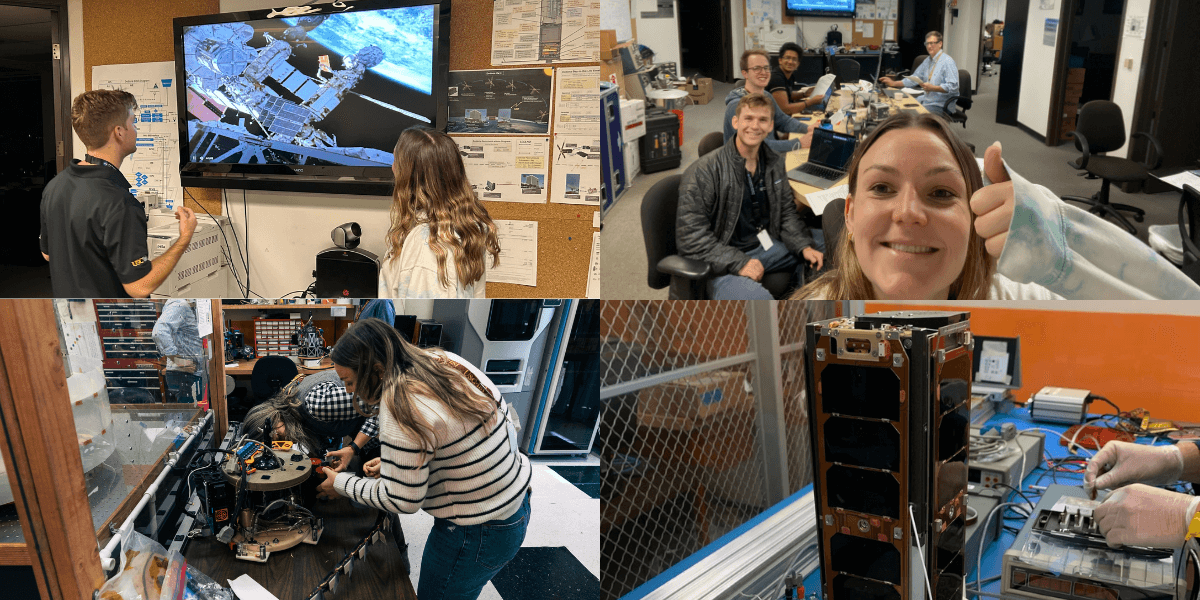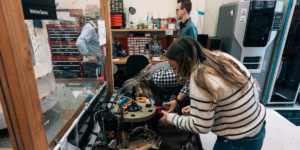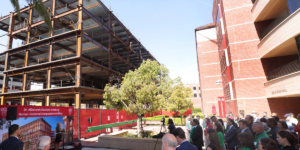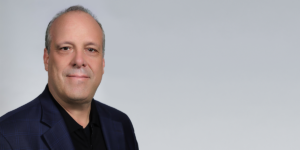
Photo Credit: USC/ISI
Space systems are often exposed to operational threats. These threats may be directed towards hardware, such as space debris’ harmful effects to spacecraft. They may also affect software, such as breaches in satellite communication security.
USC Viterbi’s Information Sciences Institute (ISI) and Space Engineering Research Center (SERC) researchers are devising solutions to these space dilemmas, and they have made valuable progress so far.
Removing harmful debris from space
Space debris has been a long-time problem for space operation safety. In 1978, NASA scientist Donald J. Kessler theorized that increasing amounts of space pollution would lead to more collisions between objects in orbit, creating more debris.
To mitigate and remediate the debris issue, the U.S. Space Force launched the Orbital Prime Program, where SERC was a key research partner on several industry teams.
SERC director David Barnhart noted that their REACCH project, a robotic gripper modeled after an octopus, got picked as a topic of interest from a company and USSF and is currently in prototype experimentation. The gripper grabs objects that are not uniform in shape and size, such as pieces of debris. It uses unique Gecko dry adhesive tiles to make the actual contact, like the suction cups on octopus arms.
This project led Barnhart’s team to develop another idea for in-space safety inspections on future spacecraft called STARFISH in October 2021.
“While REACCH has solid tentacles that grab debris, we wondered whether we could use the same Gecko adhesive technology for another purpose — to crawl across a space platform surface to scan for any damages,” Barnhart explained. “So STARFISH was born: a biologically-inspired robot with soft tentacles to crawl along platforms.”
Barnhart is working with an industry company to help REACCH become a space-qualified tool. STARFISH got its start with initial seed funding from the Aerospace Corp.
Advancing space servicing
Space servicing, including inspection, assembly and manufacturing, is a completely new domain in on-orbit operations.
SERC is supporting one unique attribute critical to any type of servicing in space by creating CLINGERS, an in-space docking mechanism latching units together with embedded sensors. This cooperatively enables their hosts to connect safely and efficiently. CLINGERS received an award to test onboard the International Space Station (ISS).
These functions become incredibly important while building things in space. “It’s not like on the ground at a construction site where you pull up a truck and you drop all the beams,” Barnhart explained. “In space if you drop the beams, they’re gone.”
The project has been successful so far. On November 3, 2023, Barnhart and his student team at SERC uploaded new software to one of the two CLINGERS experimental units on the ISS in preparation for docking tests in the next three months.
“Watching the astronauts working with their experiment was a big step for the USC student team with their first hardware operating in space,” said Barnhart.
Combating cyberattacks on satellite communication
Space systems also face cybersecurity challenges. USC ISI researchers Alefiya Hussain and Michael Collins are working with NASA JPL to develop Merge test beds simulating inter- and intra-satellite communications. This allows them to explore possible cyberattack scenarios and understand how to design space architectures securely.
“There are three components of space security affected by cyber threats: earth to space, space to space, and space to earth,” Hussain explained. “Especially for the earth to space segment, places that can be attacked have increased significantly. ”
When Russia invaded Ukraine in February 2022, Viasat Inc’s satellite network was taken over by Russian cyberattacks, disrupting internet access and threatening communications integrity.
Hussain remarked that as space becomes increasingly contested and congested, these problems will become more real.
“The number of ground stations with access to satellites grows day by day. We’re trying to prevent these stations from being exploited, so we’re simulating a range of cyberattack scenarios to anticipate loopholes,” said Hussain. “We hope to build a more secure and resilient space system.”
The next space chapter
Many more projects have been initiated.
“We’re currently writing a proposal on 3D perception in space. It fuses augmented reality with real-time video in orbit to represent objects in 3D for space assembly and manufacturing,” said Barnhart.
Other projects in the works include artificial intelligence-based prediction models to show satellite function via the SpacePredict platform, which can predict space transport supply chains.
JP Walters, Research Director at ISI, also mentioned developing a new software approach for NASA’s next-generation space processors. This would allow processors to operate through failures and be more robust, preventing possible vulnerabilities during space exploration.
Published on April 17th, 2024
Last updated on April 17th, 2024












